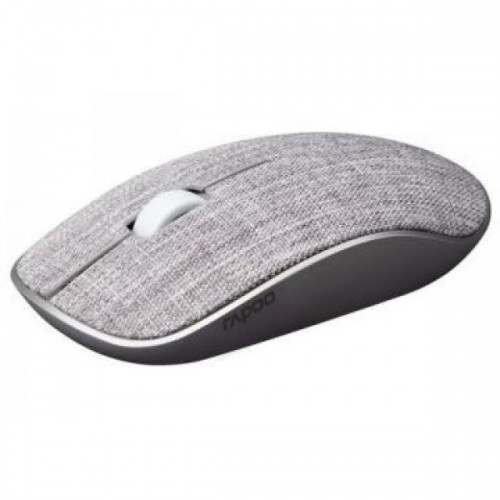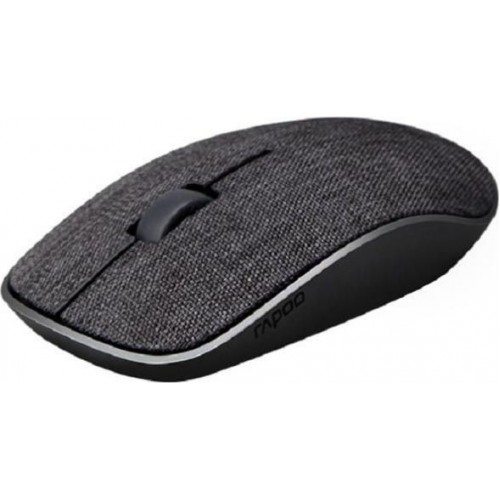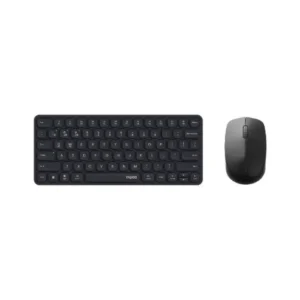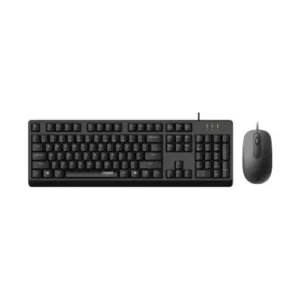Understanding 2.4G Wireless Connection in Mice
The 2.4G wireless connection is a prevalent technology in modern computer mice, providing users with a range of advantages that enhance their overall experience. Operating on the 2.4GHz frequency band, this technology offers a robust and stable connection that is less prone to interference compared to wired options. One of the primary reasons for its popularity is the significant reduction in latency, allowing for a more responsive interaction with computing devices.
The 2.4GHz frequency band is part of the industrial, scientific, and medical (ISM) radio bands, which enables it to be used without a license. This accessibility has led to widespread adoption across various devices, including wireless keyboards, audio transmitters, and of course, computer mice. The key components that facilitate a 2.4G wireless connection include a transmitter within the mouse and a receiver connected to the computer, typically via USB. The transmitter sends signals to the receiver, which translates the movements and actions performed with the mouse into commands recognized by the computer.
One notable advantage of 2.4G wireless mice is their enhanced connectivity range. Users can typically operate these devices from several meters away from the receiver without noticeable performance drops. This level of mobility is particularly beneficial for presentations or when navigating large workspaces. Furthermore, 2.4G wireless technology simplifies setup and reduces cable clutter, providing a cleaner workspace. Overall, the combination of reduced interference, extended range, and consistent performance greatly enhances user experience, making 2.4G wireless mice a preferred choice among computer users today.
The Importance of Sensor Technology and 1000 DPI in Mouse Performance
Sensor technology is a crucial component in the performance of 2.4G wireless mice, significantly influencing their functionality in diverse applications. The two primary types of sensors—optical and laser—serve different user needs. Optical sensors generally employ a light-emitting diode (LED) to illuminate the surface beneath the mouse, providing effective tracking on a variety of textures. Conversely, laser sensors utilize a laser beam, enabling precise movement detection on a wider range of surfaces, including glossy ones. This distinction is vital for users who require adaptability to different working environments.
In the realm of cursor sensitivity, the DPI (dots per inch) setting is a critical factor. A standard DPI of 1000 is commonly seen in many 2.4G wireless mice and strikes a balance between sensitivity and control. DPI directly impacts how far the cursor moves on the screen in relation to physical mouse movement. For instance, a 1000 DPI setting allows for smooth navigation during everyday tasks and offers sufficient precision for activities like graphic design or casual gaming. However, for professional gamers or intricate design work, higher DPI settings may be beneficial. These settings enable users to adjust their sensitivity based on specific requirements, enhancing overall user experience.
Furthermore, the effectiveness of sensor technology contributes not only to sensitivity but also to latency and tracking accuracy. A well-designed sensor minimizes lag and improves tracking performance, ensuring immediate response to user input. This is particularly important in gaming scenarios, where even the slightest delay can affect gameplay. In contrast, users engaged in standard productivity tasks may prioritize different functionalities based on their unique applications. Understanding the nuances of sensor technology and DPI configurations is essential for selecting a 2.4G wireless mouse that aligns with individual requirements and enhances overall performance.






